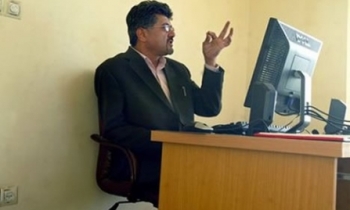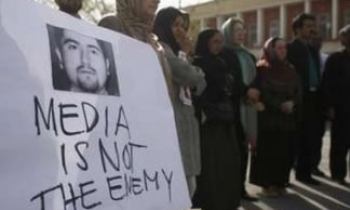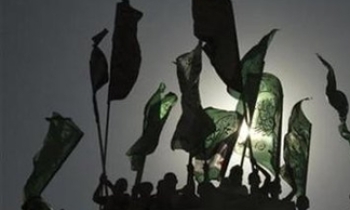After a decade of watching newspapers and rival wire services shrink, The Associated Press, the 161-year-old news cooperative, is refitting itself to handle the 24-hour news cycle it helped create.
“You have to adjust to the marketplace,” said Jim Kennedy, The A.P.’s vice president for strategic planning. “The new generation of consumers has completely different habits.”
To feed those habits and manage the news cycle more efficiently, The A.P. will change the way it files, edits and distributes stories, opening at least four regional editing hubs as part of a plan it calls AP2.0.
It is also expanding its multimedia packages for entertainment, business and sports reports. And the company is moving toward an all-digital platform it calls the “Digital Cooperative.”
The changes, The A.P. believes, will counter what hampered some of its rivals, like Dow Jones Newswires and Reuters, which, over the last decade, have cut their staffs as revenues have fallen.
Kathleen Carroll, The A.P.’s executive editor, said the company’s responsibility was to “preserve our future, so that we can continue to provide news from remote places,” and to “rev up our journalism” to make it compelling to customers.
The idea behind the regional hubs, which mimic an overhaul of The A.P.’s foreign operations earlier in the decade, is to reduce editing gridlock at its major filing desks, including that in New York. The regional hubs will handle coverage in their areas, and the New York desk will focus on “the stories that are the tip top of the day,” Ms. Carroll said.
Mr. Kennedy said another goal was to get editors in the regional bureaus back into reporting, which would increase the amount of content, and to reduce the number of people who work on an article during a news cycle.
Some employees, however, are wondering what these changes, particularly the new regional editing hubs, will mean for them.
“People are definitely jittery,” said Tony Winton, an A.P. broadcast correspondent based in Miami and the president of the News Media Guild, which represents A.P. workers. “It’s really hard to react to everything because the details have been so thin.”
The company has assured the guild that no layoffs are planned, and Ms. Carroll said The A.P. was still evaluating staff needs in each bureau, although some employees might have to move.
“I think anybody who’s in an editing job now is probably looking at some kind of change to their work,” Ms. Carroll said.
But Mr. Winton wondered what would happen to an editor whose regular position was moved to one of the regional hubs. “I think most of our members understand The A.P. has to stay competitive. We get that,” he said. “But this sort of cone of silence we’re under isn’t helping.”
Ms. Carroll acknowledged the uncertainty. “I think what’s frustrating for some people is that the answers to some of their questions just aren’t known yet,” she said. “And journalists are skeptics.”
Although The A.P. has expanded its staff over the last few years to nearly 4,100 employees, its rivals have struggled as the newspapers and newsrooms they served have shrunk. Reuters, the London-based wire service, cut 3,000 jobs in 2003 alone. United Press International, the onetime giant that fostered the careers of Walter Cronkite and Helen Thomas, has withered to a bare-bones operation in Washington and has been controlled by a company owned by the Rev. Sun Myung Moon, founder of the Unification Church, since 2000.
The A.P.’s nonprofit status means it does not have to worry about falling stock prices and testy shareholders. But like any business, it depends on income for its survival, and is looking more toward advertising for revenue, Mr. Kennedy said.
In October, the company revised its prices for premium content, like multimedia offerings. Content also includes an invisible watermark, so the company can trace an article to see if it is being used without permission.
“They’re very much hawks on charging for it,” said Rick Edmonds, a media business analyst at the Poynter Institute for Media Studies. “And why not? Because that’s the premise of their business. You’ve got to pay for it if you’re going to use it.”









